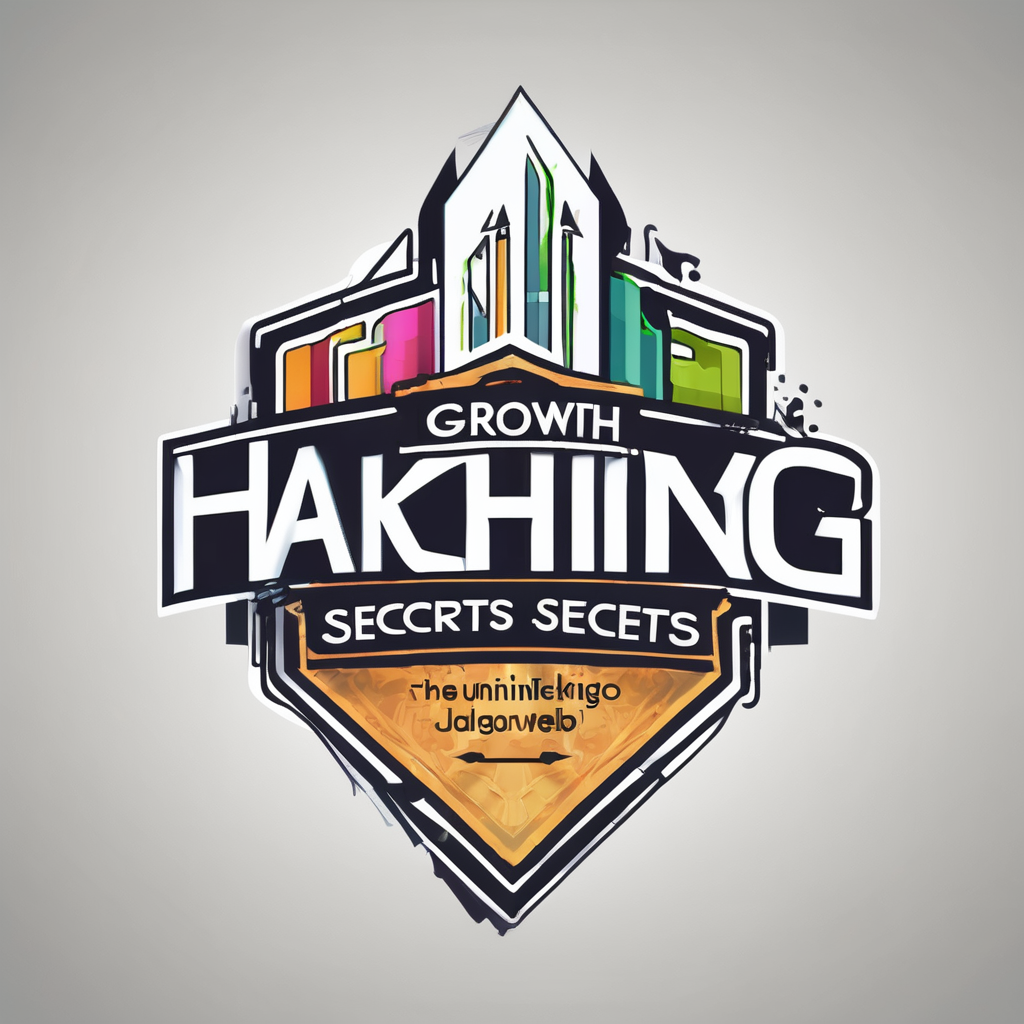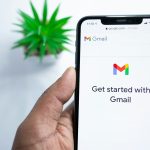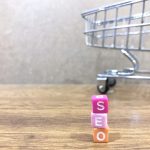Nonprofits in the UK face a unique challenge: standing out in crowded inboxes while maximizing donations. Email campaigns offer a powerful way to engage supporters and drive funding. Understanding how to craft compelling messages can unlock this potential. This guide provides practical strategies tailored to the needs of UK nonprofits, ensuring your emails resonate with donors and inspire action. From effective storytelling to targeted outreach, discover how to enhance your email campaigns and make a real impact.
Understanding Email Campaigns for Nonprofits
Email marketing strategies have become pivotal in the nonprofit sector, especially for nonprofit fundraising efforts. In the UK, these strategies are crucial for engaging donors and driving support. The importance of email campaigns cannot be overstated, as they offer a direct line of communication with potential and existing donors.
Additional reading : Unlocking Client Growth: Top LinkedIn Strategies for UK Accounting Firms
Email campaigns serve as a cost-effective method for nonprofits to reach a broad audience. They allow organizations to share impactful stories, update supporters on progress, and highlight urgent needs. This direct approach helps in building a relationship with donors, fostering a sense of community and shared purpose.
Key statistics underline the effectiveness of email campaigns in the UK. Nonprofits that utilize targeted email marketing strategies often see a significant increase in donor engagement. For instance, personalized emails can lead to a 29% higher open rate and a 41% higher click-through rate compared to non-personalized messages. These figures demonstrate the potential of well-crafted email campaigns to enhance donor relationships and increase fundraising outcomes.
Also to read : Unlocking Instagram Stories: Proven Strategies for UK Pet Groomers to Shine Online
By leveraging data and analytics, nonprofits can fine-tune their email marketing strategies to maximize impact. This includes segmenting their audience based on past donation behaviour, tailoring messages to specific interests, and optimizing send times to increase engagement.
Crafting Compelling Email Content
Creating engaging email copy is crucial for nonprofit organizations aiming to captivate their audience. Effective email content begins with understanding the elements that resonate with donors. These elements include clarity, relevance, and a personal touch. By focusing on these aspects, nonprofits can craft messages that not only inform but also inspire action.
Storytelling in fundraising plays a pivotal role in donor engagement. A well-told story can evoke emotions, making the cause more relatable and urgent. Nonprofits should focus on narratives that highlight personal experiences or success stories, providing a tangible connection to the impact of donations. This approach helps in building a deeper relationship with the audience.
When it comes to writing compelling calls-to-action (CTAs), clarity and urgency are key. A CTA should be direct, specifying what action the reader should take, whether it’s donating, volunteering, or sharing the message. Tips for writing effective CTAs include using action-oriented language and placing them strategically within the email to catch the reader’s attention.
In summary, email content creation for nonprofits should prioritize storytelling and clear CTAs to enhance engagement. By doing so, organizations can effectively communicate their mission, fostering a sense of community and encouraging donor participation.
Subject Lines That Drive Opens
Crafting email subject lines that capture attention is crucial for boosting open rates and enhancing donor engagement. A compelling subject line is the first step in ensuring your email gets noticed amidst the clutter of a busy inbox. Best practices include keeping subject lines concise, relevant, and intriguing. Use action words and create a sense of urgency or curiosity to entice recipients to open the email.
A/B testing is a powerful tool to optimize subject line performance. By testing different versions, nonprofits can identify which subject lines resonate most with their audience. This process involves sending two variations to a small segment of your audience and measuring which one achieves a higher open rate. The winning subject line is then sent to the remaining recipients, maximizing overall engagement.
UK nonprofits have successfully used subject lines that highlight the impact of donations, such as “See How Your Support Changed Lives” or “Join Us in Making a Difference Today.” These examples demonstrate the effectiveness of personalized and impactful messaging. By focusing on the donor’s role in creating change, these subject lines foster a connection and encourage recipients to engage further with the content.
Segmenting Your Donor List
Effective donor segmentation is a game-changer for nonprofits aiming to enhance their targeted email campaigns. By categorizing your donors based on specific criteria, you can create more audience personalization, leading to increased engagement and support.
Benefits of Segmentation
Segmenting your email list allows for targeted outreach, ensuring that each donor receives messages that resonate with their interests and history. Tailored communications lead to higher open and click-through rates, as donors feel more connected to personalized content. This approach also maximizes the efficiency of your campaigns, focusing resources on strategies that yield the best results.
Strategies for Segmentation
Begin by analyzing donor behaviour and preferences. Consider factors such as donation frequency, past contributions, and engagement with previous campaigns. Segmenting by demographics, such as age or location, can further refine your approach. Implementing these strategies ensures that your messaging is relevant and impactful.
Tools and Software
Utilize tools like CRM systems or email marketing platforms that offer segmentation features. These systems can automate the process, allowing you to easily categorize donors and send personalized messages. Software such as Mailchimp or Salesforce can be invaluable in managing and optimizing your donor lists for effective communication.
Timing and Frequency of Email Campaigns
Understanding the optimal email campaign timing is crucial for maximizing donor engagement. The timing of your emails can significantly impact their effectiveness. Research indicates that sending emails on weekdays, particularly Tuesdays and Thursdays, tends to yield higher open rates. Early mornings or late afternoons are often the best times, as donors are more likely to check their inbox during these periods.
Determining the right fundraising frequency is equally important. While regular communication is key to maintaining donor interest, it’s essential to avoid overwhelming them. Sending emails too frequently can lead to donor fatigue, causing recipients to unsubscribe or disengage. A balanced approach involves sending updates every 2-4 weeks, allowing enough time for donors to digest information without feeling inundated.
Case studies from UK nonprofits highlight successful timing strategies. For instance, one organization found that aligning email campaigns with significant dates, such as World Charity Day, increased engagement. Another nonprofit reported improved results by adjusting send times based on donor feedback and engagement metrics. These examples underscore the importance of adapting strategies to suit your audience’s preferences and behaviours, ensuring that your messages are both timely and impactful.
Measuring Success of Email Campaigns
To evaluate the effectiveness of your nonprofit’s email campaigns, understanding campaign analytics and email performance metrics is essential. These tools provide insights into how well your messages are resonating with your audience and driving desired actions.
Key Performance Indicators (KPIs) are crucial for assessing email campaigns. Common KPIs include open rates, click-through rates, conversion rates, and unsubscribe rates. By monitoring these metrics, nonprofits can gauge the success of their campaigns and identify areas for improvement.
Utilizing software tools is vital for tracking and analyzing email campaign success. Platforms like Mailchimp and Salesforce offer comprehensive analytics features. These tools enable nonprofits to track performance metrics in real-time, providing a detailed overview of engagement levels.
Interpreting data effectively is key to enhancing future campaigns. For instance, if open rates are low, consider revising subject lines or send times. If click-through rates are underwhelming, reassess the content and call-to-action placement. By analyzing these metrics, nonprofits can make informed decisions to optimize their strategies.
By focusing on fundraising success measurement, organizations can better understand the impact of their email campaigns. This data-driven approach ensures that nonprofits can continuously refine their efforts, maximizing donor engagement and support.
Leveraging Automation in Email Campaigns
Email automation is transforming how nonprofits approach donor engagement. By utilizing nonprofit marketing tools, organizations can streamline their communication efforts, ensuring timely and personalized interactions with supporters. Automated campaigns allow nonprofits to send targeted messages without the constant need for manual intervention.
The benefits of incorporating automation into email campaigns are substantial. Automated emails can nurture relationships by sending personalized welcome messages to new donors or thank-you notes following contributions. This approach not only saves time but also ensures consistency in communication, enhancing the donor experience.
Effective automated email sequences can significantly boost engagement. For example, a nonprofit might implement a series of emails that educate new subscribers about their mission, followed by impact stories and donation requests. Another successful strategy is a re-engagement sequence targeting donors who haven’t interacted recently, offering them updates and inviting them to reconnect.
By leveraging email automation, nonprofits can maintain a steady flow of communication, ensuring that each donor feels valued and informed. The use of nonprofit marketing tools simplifies this process, allowing organizations to focus on crafting meaningful content that resonates with their audience. This strategic approach enhances the overall effectiveness of email campaigns, fostering stronger connections with donors.
Integrating Social Media with Email Marketing
Incorporating a robust social media strategy with email marketing can significantly enhance nonprofit outreach and engagement. By aligning these two channels, organizations can create a seamless cross-channel marketing experience that amplifies their message and reaches a broader audience.
Strategies for promoting email campaigns on social media include sharing snippets of email content on platforms like Facebook and Twitter, encouraging followers to subscribe for more detailed updates. Visual content, such as infographics or short videos, can be particularly effective in capturing attention and driving traffic to email sign-up forms.
The benefits of a cohesive email and social media strategy are manifold. A unified approach ensures consistent messaging across platforms, reinforcing the nonprofit’s mission and increasing brand recognition. This integration also allows for real-time engagement, as social media provides immediate feedback and interaction opportunities with supporters.
Case studies showcasing successful integration highlight the potential of this approach. For example, a UK nonprofit leveraged Instagram Stories to showcase behind-the-scenes content, leading to a 20% increase in email subscribers. Another organization used LinkedIn to share success stories from their newsletter, resulting in higher engagement rates and increased donor interest.
By effectively combining email and social media integration, nonprofits can strengthen their communication efforts, fostering deeper connections with their audience.
Innovative Ideas for Email Campaigns
In the quest for creative fundraising ideas, UK nonprofits have embraced innovative email strategies that captivate donors and boost engagement. One standout approach involves using interactive content within emails. By incorporating elements such as polls, quizzes, or interactive infographics, nonprofits can transform passive reading into an engaging experience. This interaction not only holds the reader’s attention but also encourages them to participate actively, fostering a stronger connection to the cause.
Another effective strategy is leveraging donor stories and testimonials. Sharing personal narratives or testimonials from beneficiaries can humanize the nonprofit’s mission, making the impact more tangible for donors. These stories can be incorporated into emails as written narratives or video snippets, offering a powerful way to demonstrate the real-world effects of donations. This approach not only enhances engagement but also builds trust and credibility with the audience.
UK nonprofits have also experimented with unique email themes and campaigns. For instance, some have created themed series, such as “Impact Week,” where each day focuses on a different aspect of their work. This sustained storytelling approach keeps donors informed and engaged over a period, increasing the likelihood of continued support and donations.
Building and Maintaining Donor Relationships
Effective donor relationship management is essential for nonprofits aiming to foster long-lasting connections. Email engagement plays a crucial role in nurturing these relationships, providing a direct channel for ongoing communication.
Strategies for Nurturing Relationships
To build strong relationships with existing donors, nonprofits should focus on personalized communication. Tailor emails to reflect the donor’s past contributions and interests. This personalized approach makes donors feel valued and appreciated, increasing their likelihood of continued support.
Importance of Follow-Up Emails
Following up after a donation is vital. A simple thank-you email can reinforce the donor’s decision and lay the groundwork for future engagement. These emails should highlight the impact of the donation, providing tangible examples of how their contribution is making a difference. This approach not only acknowledges the donor’s generosity but also strengthens their connection to the cause.
Best Practices for Ongoing Communication
Maintaining regular communication is key. Send updates on projects, share success stories, and invite donors to events. Consistency in communication keeps donors informed and engaged. Consider implementing a schedule for these updates, ensuring that donors receive timely and relevant information without feeling overwhelmed. This balance is crucial for sustaining donor interest and involvement.























